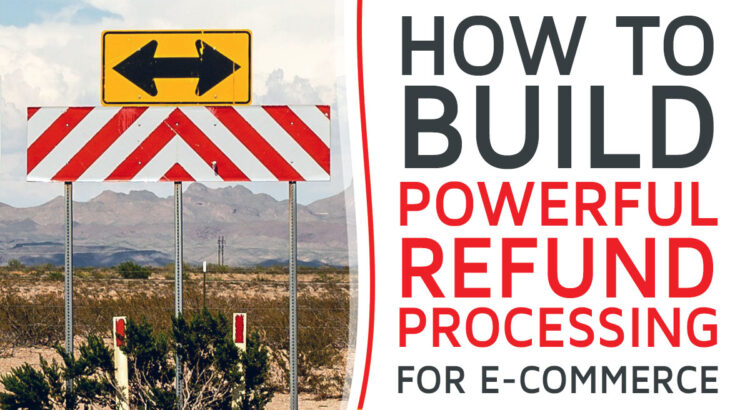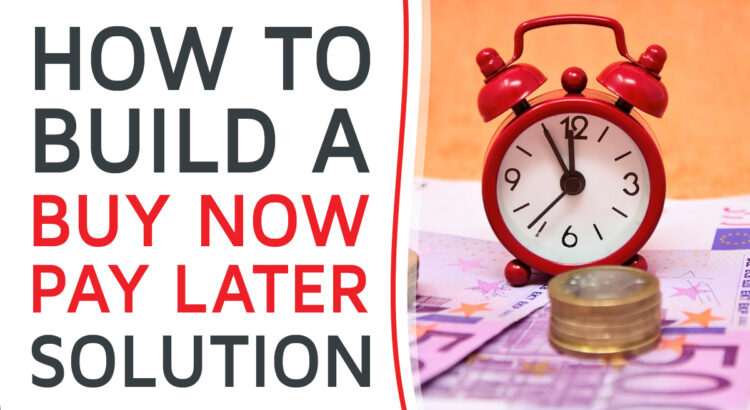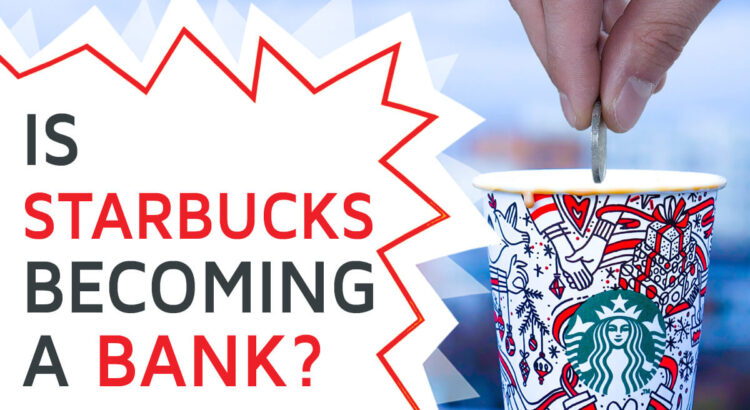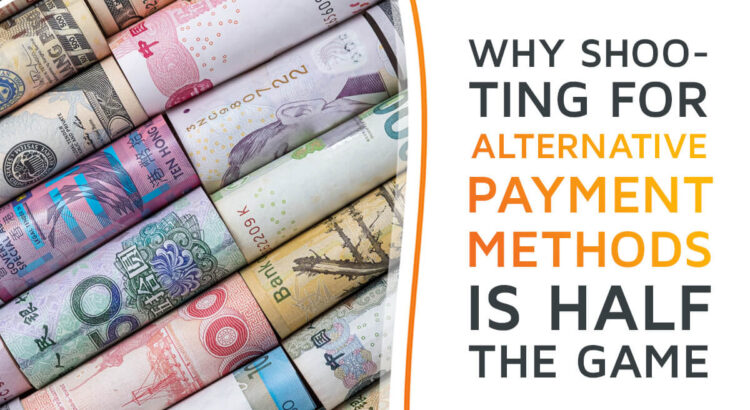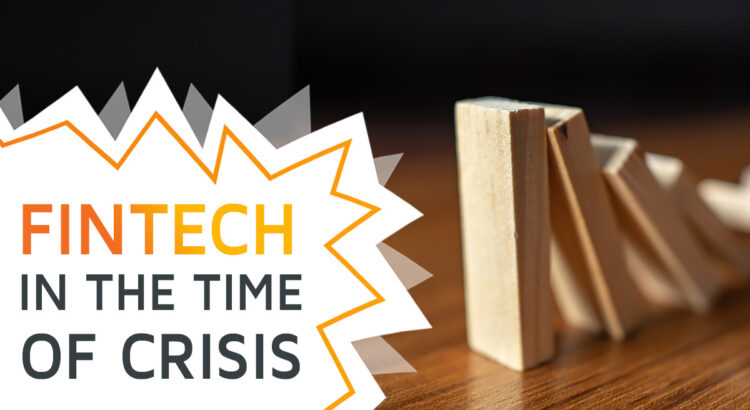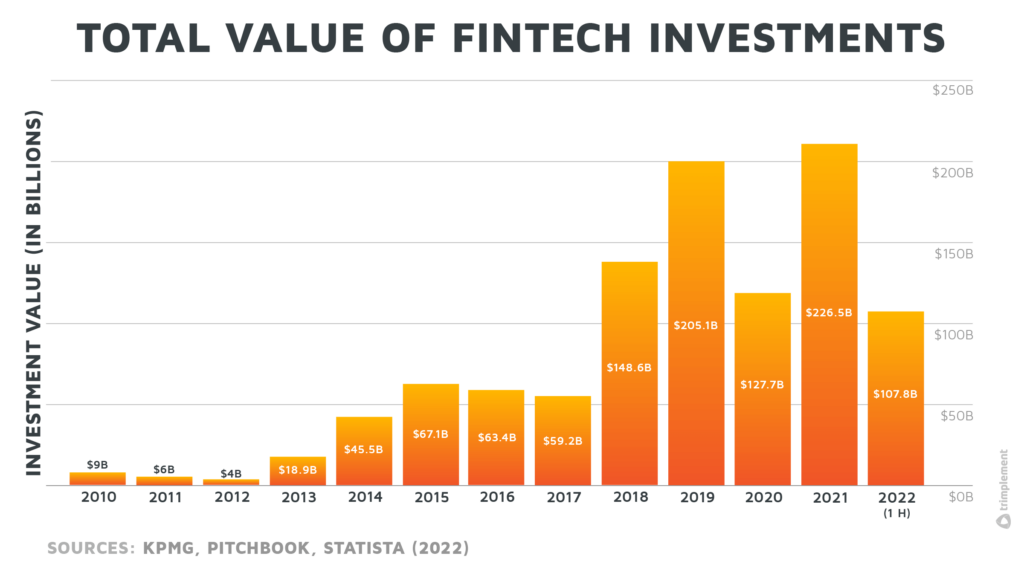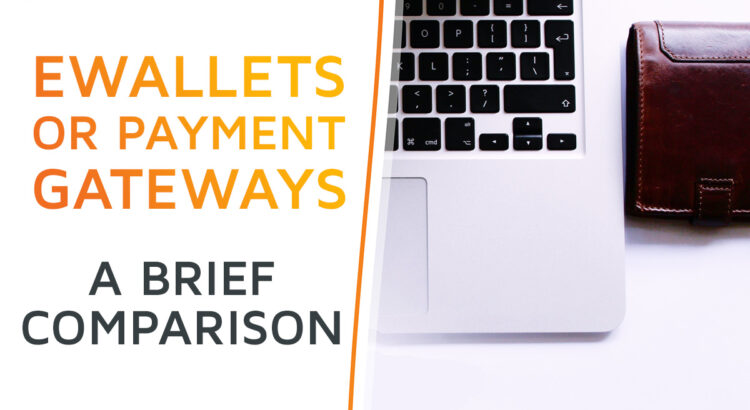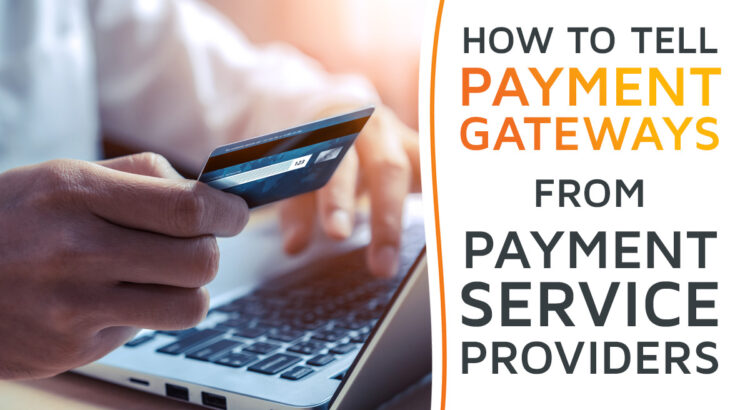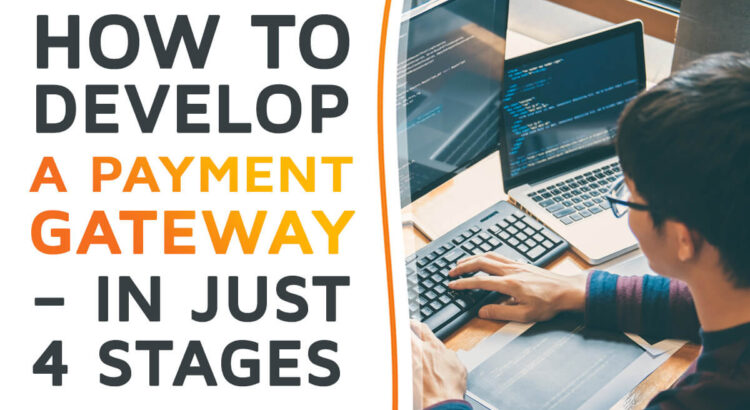Returns and refunds are a major concern for retailers. One important factor is cost. In 2021 alone, the combined value of all returns in the U.S. was $761 billion. What’s more, The fees that merchants have to pay to payment providers for refunds to the original source of payment add to this amount. Building their own e-wallet-based payment system can reduce these costs while improving the customer experience. But how to build an efficient refund processing for e-commerce platforms – that’s what we want to answer in this article.
In the following paragraphs, we will take a look at:
- The difference between returns and refunds
- The typical flow of a refund in online retail
- The challenges of refunding payments
- The advantages of an e-wallet system for refunding
- The process of building one yourself
And: action!
Read More